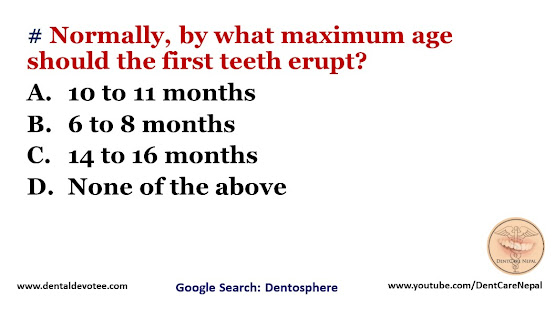# TRUE about ANUG is:
A. ANUG is a transmissible condition
B. ANUG is a communicable disease
C. ANUG is a contagious disease
D. All of the above
The correct answer is A. ANUG is a transmissible condition
The term 'transmissible' denotes a capacity for the maintenance of an infectious agent in successive passages through a susceptible animal host. The term 'communicable' signifies a capacity for the maintenance of infection by natural modes of spread such as direct contact through drinking water, food and eating utensils; by the airborne route; or by arthropod vectors. The disease that is communicable is described as contagious.
It has been demonstrated that disease associated with the fusospirochetal bacterial complex is transmissible; however it is not communicable or contagious.







